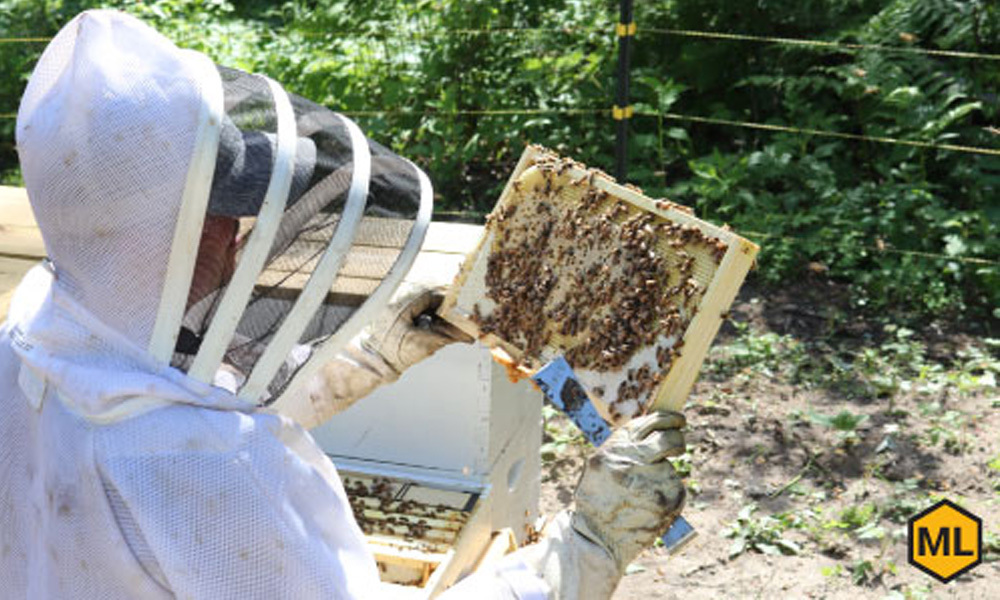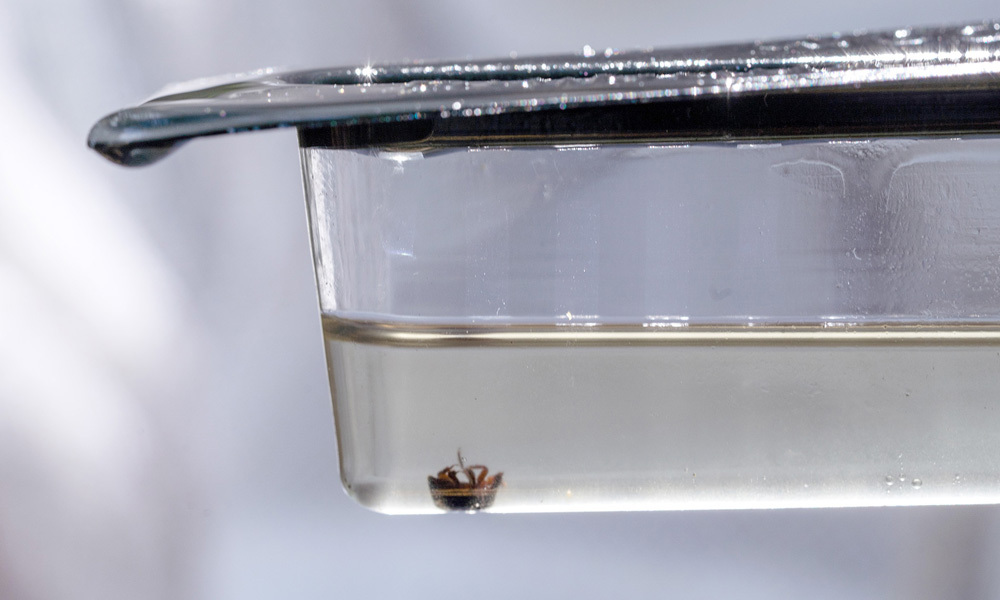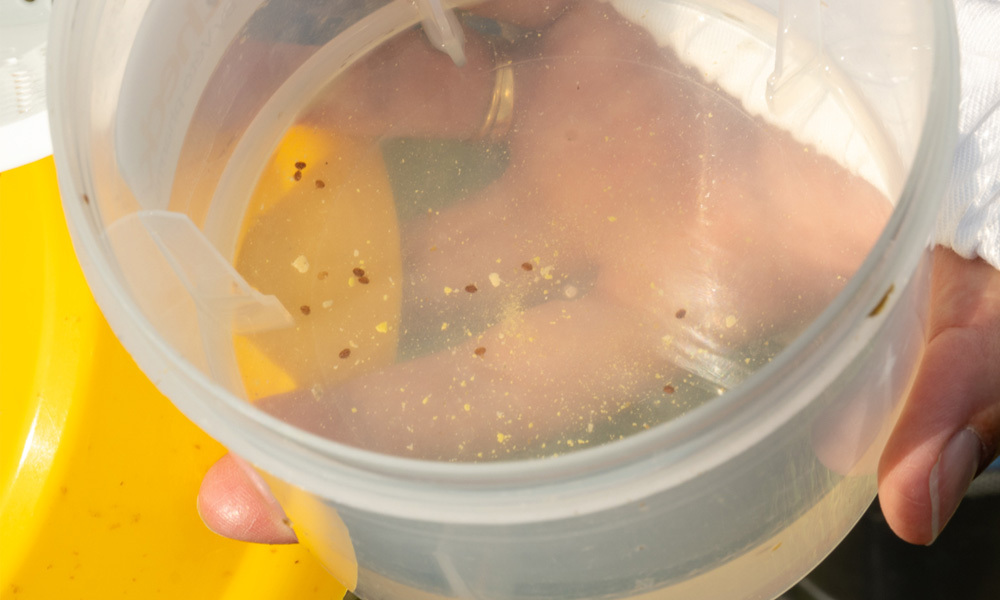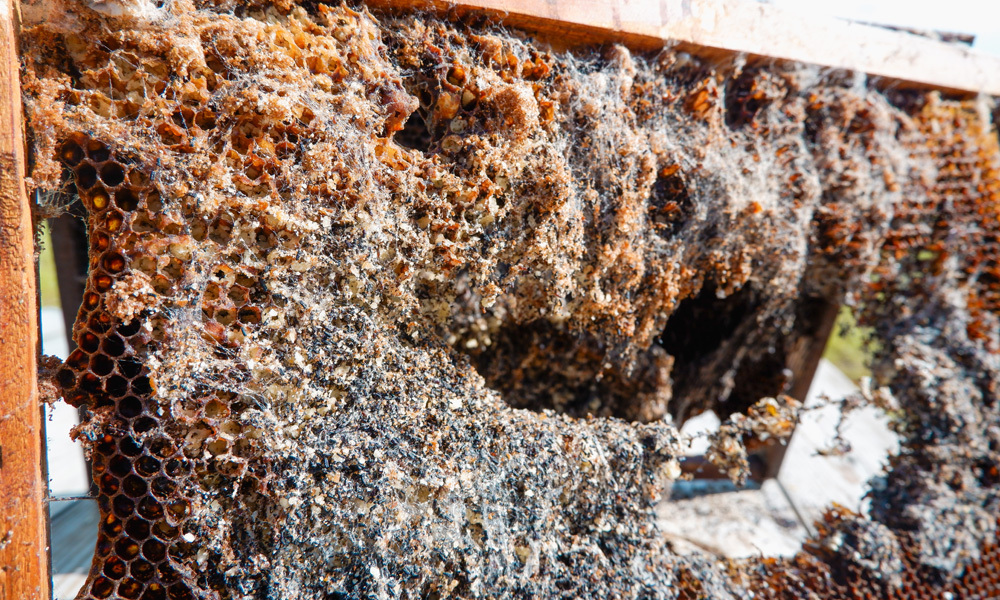Solutions for Thriving Hives: Integrated Pest Management Made Easy
Let’s face it—bees have enough to deal with. Pests like varroa mites and small hive beetles can turn a healthy colony into a struggling one fast. But don’t worry, you’ve got a secret weapon: Integrated Pest Management (IPM).
IPM is all about combining smart strategies to keep pests under control and your hives humming along happily. Here’s how to make it work for your bees

Let’s face it—bees have enough to deal with. Pests like varroa mites and small hive beetles can turn a healthy colony into a struggling one fast. But don’t worry, you’ve got a secret weapon: Integrated Pest Management (IPM).
IPM is all about combining smart strategies to keep pests under control and your hives humming along happily. Here’s how to make it work for your bees

Step 2: Mechanical Methods that Work
You don’t have to reach for treatments first. These clever tools can do a lot of heavy lifting
For Varroa Mites:
- Drone Brood Frames – Mites love big cells. Add a drone frame, wait until it’s capped, then remove and freeze it. You’ll trap the mites and protect your bees.
Homestead hack: Chickens LOVE frozen drone brood. Hive to henhouse snack? Yes, please! - Screened Bottom Boards – Mites drop through the screen and can’t crawl back up. Add a sticky board to catch the dropouts permanently.
For Small Hive Beetles:
- Beetle Baffles – Block those buggers from sneaking in.
- Traps & Towels – Place beetle traps or unscented dryer sheets in the hive. Beetles crawl in, but they don’t crawl out.
Sometimes simple tools are the most satisfying

Step 3: Monitor Like a Pro
You can’t fix what you don’t know. Mite loads can sneak up on even the best beekeepers.
Use a sugar roll or alcohol wash to check mite levels every few weeks. Our Varroa EasyCheck makes monitoring simple so you know if or when there is a concern in your hive.
Keep records so you can track trends and see what treatments work best.
Knowing when (or if) to treat can save your colony—and your honey harvest

Step 4: Treat Smart & Rotate
When mites or beetles do show up, don’t panic—just treat smart
Rotate Treatments:
- For Varroa – Use a mix of organic and synthetic options like formic acid, oxalic acid, or Apivar®.
⚠️ Check temps, brood presence, and honey super status before choosing. Read. That. Label. - For SHB (Small Hive Bettles) – Use Checkmite® in the hive to target adults. Our Beetle Blaster creates a trap that allows beetle to get in but cannot get back out. Treat the soil around your hives with diatomaceous earth or permethrin to break the beetle life cycle right in the ground.
Rotation helps avoid resistance. Your bees will stay healthier, and your treatments will stay effective

Wrap-Up: Happy Hives, Happy Beekeeper
IPM isn’t just a plan—it’s a beekeeping lifestyle. By combining prevention, mechanical methods, monitoring, and smart treatments, you’re setting your bees up for long-term success.
Watch closely
Work smart
Rotate often
Reap the sweet rewards!
Want to take your IPM plan to the next level? Stock up on hive tools, mite checks, and pest treatments all in one place. Your bees will thank you (and so will your honey jars)

